

Iditarod Trail between Kaltag and Unalakleet, Alaska |
|
|
|
ISSUE 3 - DECEMBER 22, 2016 |
      |
|
|
|
|
- Happy Holidays
- Headlines and Highlights
- DOI Highlights
- Energy
- Conservation
- Wildlife Question of the Week
|
|
|
|
HAPPY HOLIDAYS |
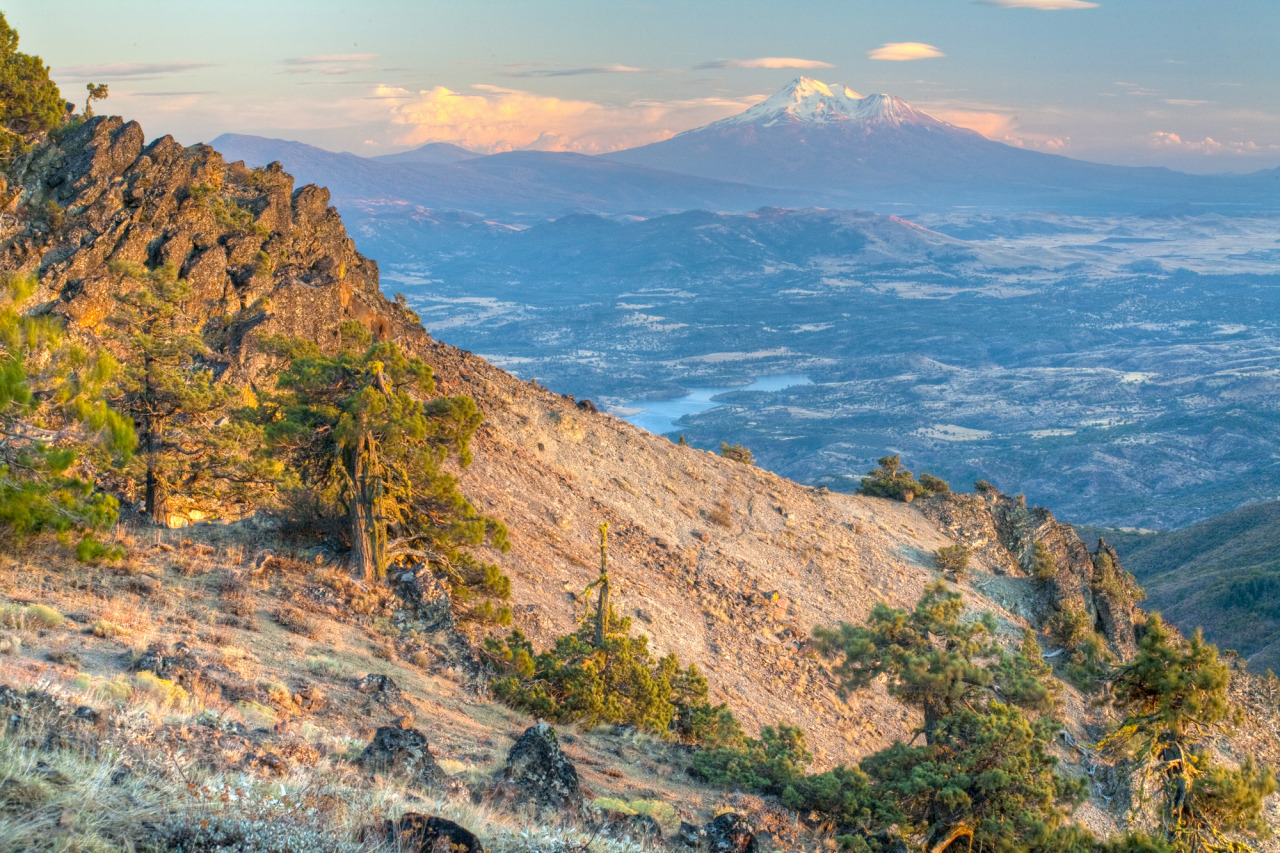
|
Happy Holidays from all of us at the Bureau of Land Management
This year, BLM celebrated the 40th Anniversary of the Federal Land Policy and Management Act (FLPMA), a federal law that provides direction for the BLM to sustain the health, diversity and productivity of
America’s public lands for the use and enjoyment of present and future generations. Please join us in 2017 as we continue celebrating our history and work every day to manage your public lands. From our family to yours, happy holidays! (Celebrate Your Lands, BLM YouTube video)
|
|
|
HEADLINES AND HIGHLIGHTS |
 |
Land Use Plans are More Responsive to Community Needs
The Bureau of Land Management issued an updated rule that will make its land use planning more accessible to the public, more responsive to the changing conditions on the public lands, and more efficient.
The BLM manages 10 percent of the nation’s land and 30 percent of its subsurface minerals. Federal law requires the BLM to develop land use plans, which are essential tools for balancing the many competing uses and values of the nation’s public lands. (My Public Lands Tumblr)
|
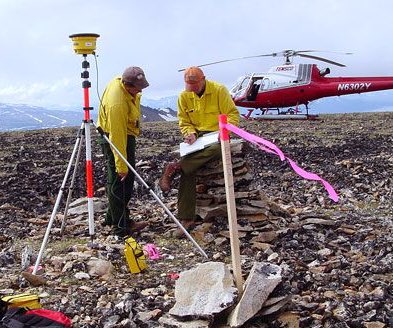 |
BLM To Dramatically Speed Up Completion of Alaska Statehood Land Transfer
The Bureau of Land Management took the first steps toward dramatically accelerating the rate at which it transfers Federal lands to the State of Alaska. The agency will now use satellite-based
navigation—a more advanced form of the technology that drives many smartphone applications—to help mark, define, and establish the boundaries of State lands. (BLM News
Release)
|
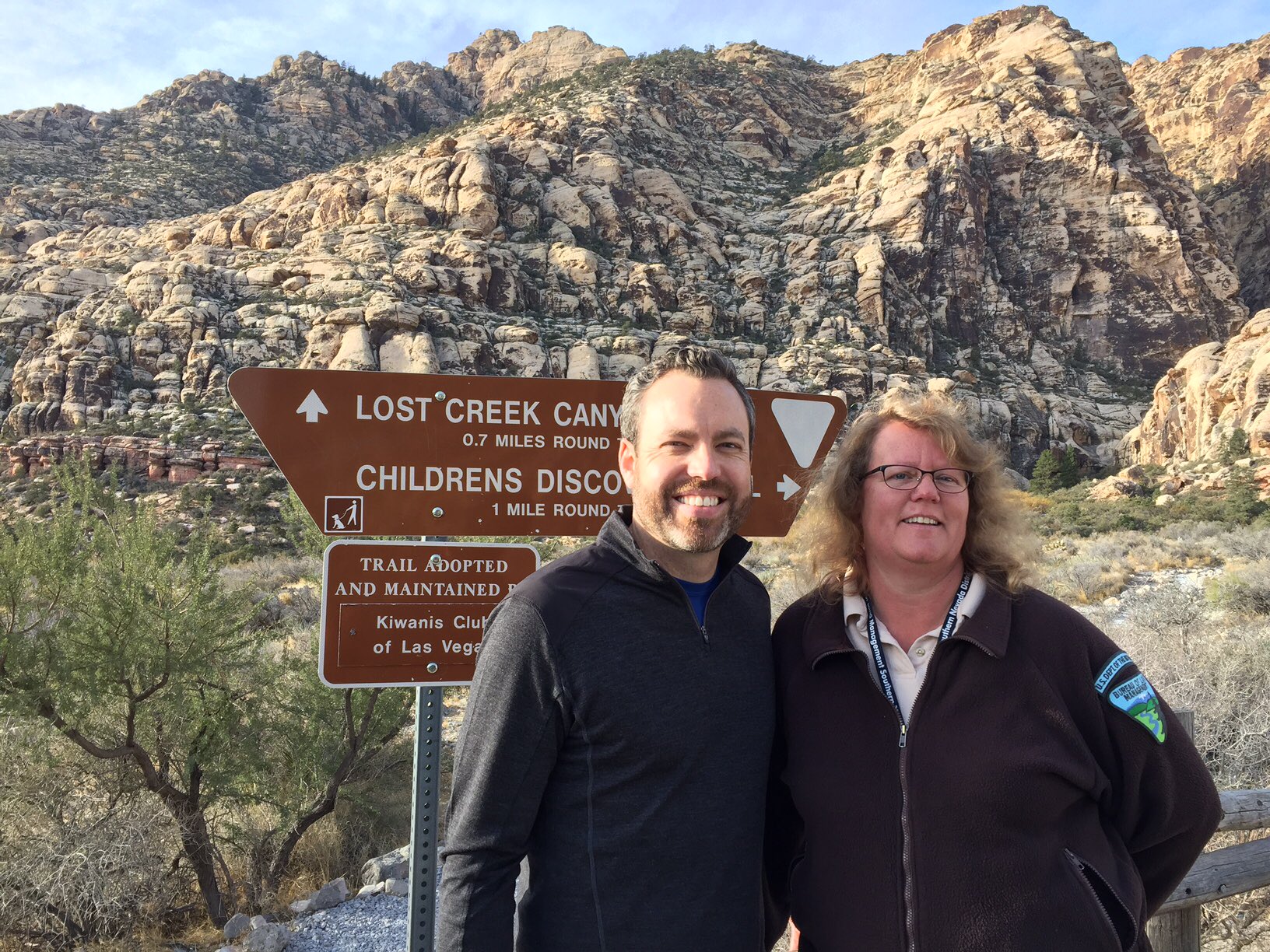 |
BLM Director Kornze Announces $79 Million for Conservation and Recreation Projects in Nevada
Bureau of Land Management Director Neil Kornze announced a package of 30 conservation and recreation projects totaling nearly $80 million in a ceremony at Red Rock Canyon National Conservation Area. Joining
the BLM Director to celebrate today’s announcement were Andy Hafen, the Mayor of Henderson, Nevada, and Mauricia Baca, the Executive Director of Outside Las Vegas. Funding for the projects was generated through the sale of public lands under the Southern Nevada Public Land Management Act
(SNPLMA). (BLM News Release)
|
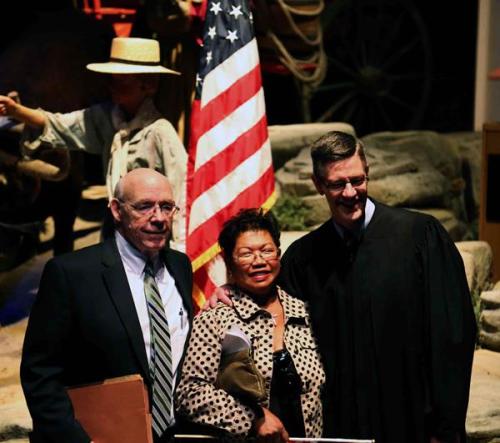 |
Historic Trails Center Hosts Oaths of Citizenship
In the mid-nineteenth century, people traveled across untold distances to reach a land of promise for opportunity, freedom from religious persecution and a chance at a new life. The National Historic Trails
Interpretive Center recently was host to a U.S. District Court so that modern immigrants to the United States, searching for the same opportunities as those emigrants of the past, could achieve their goal of becoming U.S. citizens. (My Publiuc Lands Tumblr)
|
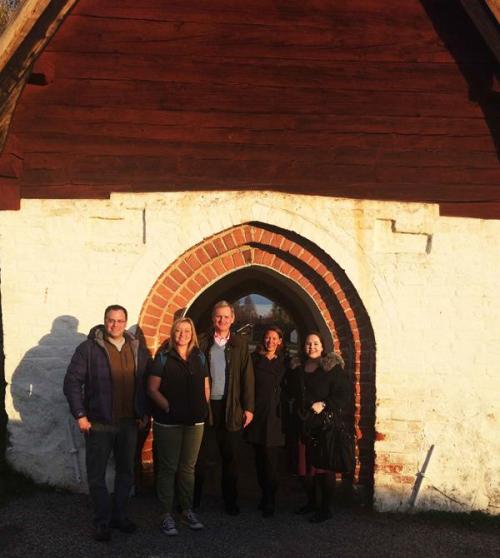 |
BLM Alaska Presents at Arctic Forum
The U.S. Department of State, the Kingdom of Sweden, Luleå University of Technology, and the City of Luleå recently hosted an international forum on best practices for mining and sustainable
development in the Arctic October 13 and 14. BLM Alaska Deputy State Director, Resources Steve Cohn, and BLM Alaska Planning and Assessment Branch Chief Serena Sweet participated on behalf of BLM Alaska. (My Public Lands Tumblr)
|
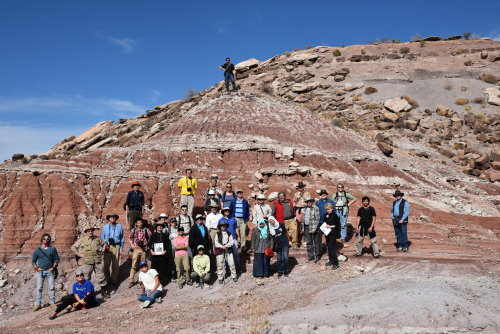 |
Partners in Paleontology: BLM Co-Chairs Society of Vertebrate Paleontology's International Conference
Paleontologists and specialists from around the world gathered at the Grand America Hotel in Salt Lake City, Utah, on October 26-29, 2016 for the annual meetings of the Society of Vertebrate Paleontology.
Many of the world’s experts in the fields of paleontology attended in order to present papers on the latest in technology and research through speaker sessions, exhibits and posters, and in order to network with their peers. (My Public Lands Tumblr)
|
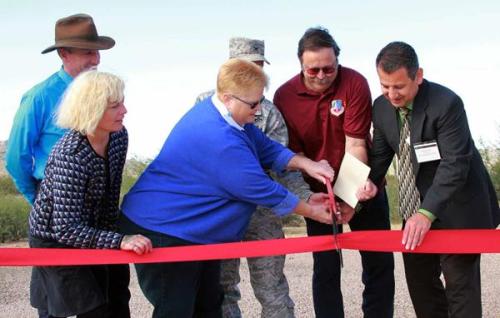 |
BLM Helps Dedicate Missile Interpretive Site
A feeling of nostalgia and pride was in the air as BLM Arizona and U.S. Air Force staff, along with approximately 40 guests, gathered against the unique and beautiful desert backdrop of the Ironwood Forest
National Monument to celebrate the newly installed Titan II Missile Interpretive Site. The interpretive site is all that remains of this site, one of 54 Titan II missile sites that were spread across the country from 1963 to 1987. (My Public Lands Tumblr)
|
|
DOI HEADLINES |
 |
BLM Releases Guidance for Improving and Sustaining Tribal Relationships
The Bureau of Land Management announced the release of the new BLM 1780 Tribal Relations Manual and Handbook. The President and the Department of the Interior have made tribal relations and tribal
consultation a priority of the Administration. This new guidance represents the culmination of years of outreach and coordination between the BLM and American Indian tribes, and has been developed to complement the direction of the Administration and the Department. (BLM News Release)
|
 |
Proposed Joint Fossil Regulation Announced for Interior Department’s Managed Lands
The U.S. Department of the Interior announced a proposed rule to further facilitate implementation of the Paleontological Resources Preservation Act of 2009. The proposed rule provides standards for a
coordinated approach to the management of paleontological resources on lands managed by four DOI Bureaus: Bureau of Land Management, Bureau of Reclamation, Fish and Wildlife Service, and National Park Service. It will also clarify how these bureaus manage paleontological resources to ensure they are
available for current and future generations to enjoy as part of America’s national heritage. (Department of Interior News
Release)
|
 |
15 Incredible Snapshots of Next Generation Public Lands Stewards
Interior is leading a nationwide movement to inspire millions of young people to play, learn, serve and work in America’s great outdoors. For the long-term health of our economy and our nation's
public lands, it's critical that we establish deep, meaningful connections between young people -- from every background and every community -- and nature. (Department of Interior blog)
|
 |
12 Unforgettable Moments in Indian Country
Secretary Jewell delivers remarks at the 2016 White House Tribal Nation’s Conference -- her final address at the conference. As chair of the White House Council on Native American Affairs, Jewell
consistently worked to strengthen government-to-government relationships with tribes, advance tribal self-determination and invest in the next generation to ensure a bright future for Indian Country. (Department of Interior blog)
|
|
ENERGY |
 |
Secretary Jewell Announces Milestones to Spur Renewable Energy and Transmission in the West
As part of President Obama’s Climate Action Plan to cut carbon pollution and create clean energy jobs, U.S. Secretary of the Interior Sally Jewell announced new steps with Western states to encourage
the development of renewable power, efficiently deliver that electricity to market, and meet growing consumer demands for clean energy. (Department of
Interior News Release)
Related: U.S. Interior Dept. Aims To Spur Renewables In The West (Solar Industry Magazine)
|
|
 |
BLM Approves First Master Leasing Plan in Utah
The Bureau of Land Management released the final decision approving a plan that will guide responsible mineral development in and around Moab while also protecting important natural resources, iconic scenery,
and recreational opportunities. The Moab Master Leasing Plan/ Approved Resource Management Plan Amendments is the culmination of extensive collaboration with the public and partners in southeastern Utah. (BLM News Release)
|
 |
In Colorado, Energy Decisions Strike a Balance
Bureau of Land Management Director Neil Kornze, Secretary of the Interior Sally Jewell, and Colorado Governor John Hickenlooper recently joined BLM Colorado State Director Ruth Welch at the Colorado State
Capitol to herald the signing of two important and long-anticipated decisions. For both decisions, announced on November 17, the BLM worked with stakeholders to reach a balanced solution that looks at the big picture and considers the future. (My Public Lands Tumblr)
|

|
Video: Mining for Minerals 1000 Feet Underground
Follow BLM staff as they tour a lead mine in southeastern Missouri. The Doe Run mining complex consists of several mines, and federal mineral leases administered by the BLM. This is the
largest hard rock royalty generator in the United States, annually contributing $10 million in royalties to American taxpayers through the U.S. Treasury. Mineral development is one of many important land uses that ensures the BLM generates more revenue than the agency costs to run. (BLM Eastern States Facebook)
|
|
CONSERVATION |
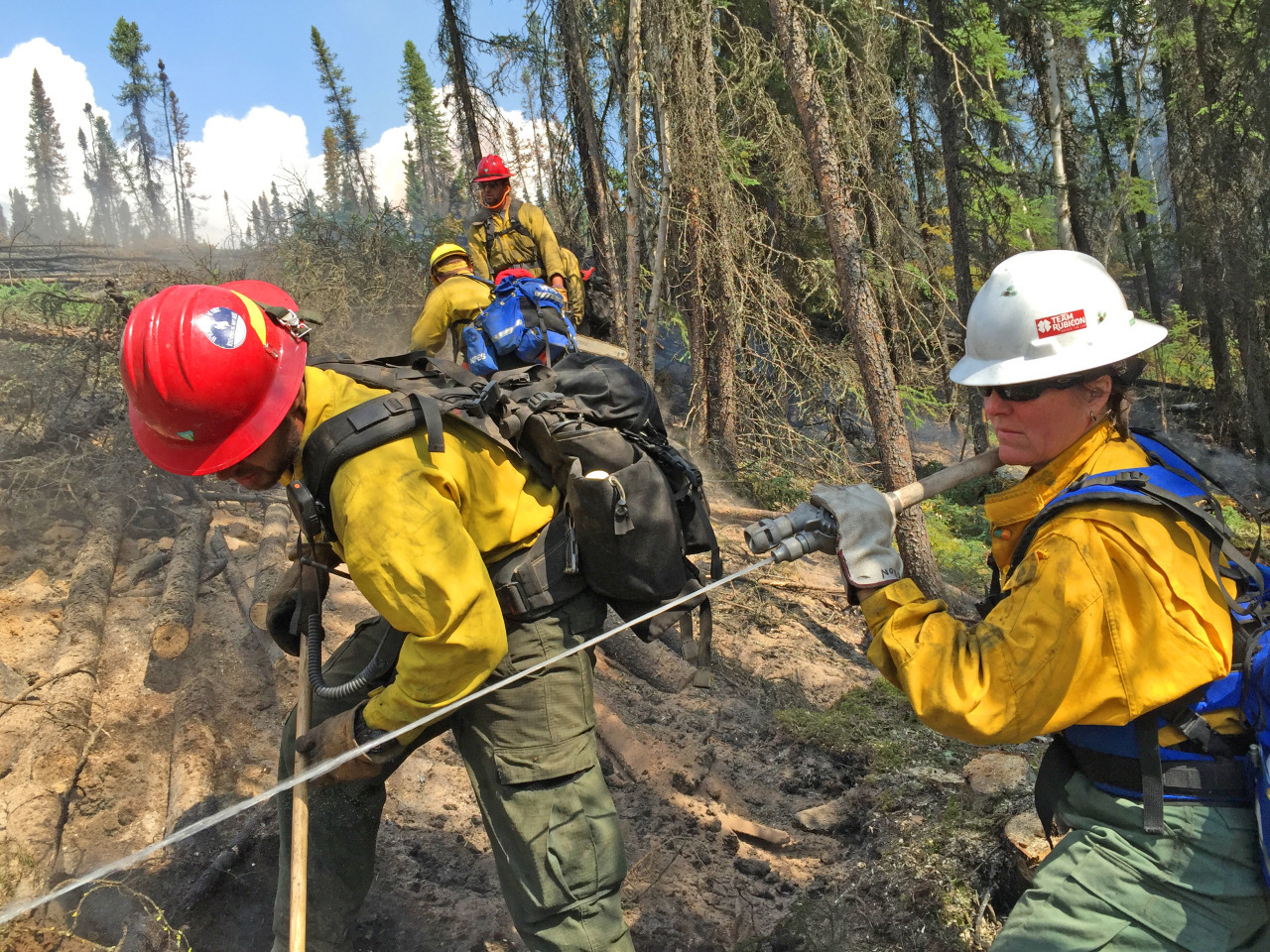 |
Conservation Project Benefits Veterans As Well As Wildlife
Cape News, December 15, 2016
A simple project to clear seven acres of nondescript scrubland along Route 151 has turned into a mutually beneficial event for US veterans, federal wildfire response forces, local wildlife organizations and the towns of Falmouth and Mashpee... This week, project leaders were able to employ
the help of the US Fish and Wildlife Service, US Department of the Interior Bureau of Land Management and the veterans organization Team Rubicon to clear the fields with heavy chainsaw equipment—and at no cost to the towns. Read full story
|
 |
Area Ranchers Honored for Conservation Efforts
Current-Argus, December 12, 2016
The Bureau of Land Management honored two New Mexico ranchers for their landscape restoration efforts. Jim Ross Caviness and Cliff Waide received the 2016 BLM Restore New Mexico Land Stewardship Award during the New Mexico Joint Stockmen's Convention earlier this month. Read full story
Related: Carlsbad and Hagerman Ranchers Honored for Landscape Restoration Efforts (BLM News Release)
|
 |
On-the-ground with AIM
BLM knows how important science and technology are to monitoring landscape changes on public lands. That’s why we’re using the Assessment, Inventory, and Monitoring (AIM) Strategy in our field
offices. AIM uses a scientific methodology to collect information about land and water and evaluate rangeland health. Because of the way data are collected, stored and managed within the AIM framework, we can answer questions about the condition and trend of the lands we manage at the field office,
state, eco-regional, and national levels. (My Public Lands Tumblr)
Related: #350species series (My Public Lands Tumblr)
|
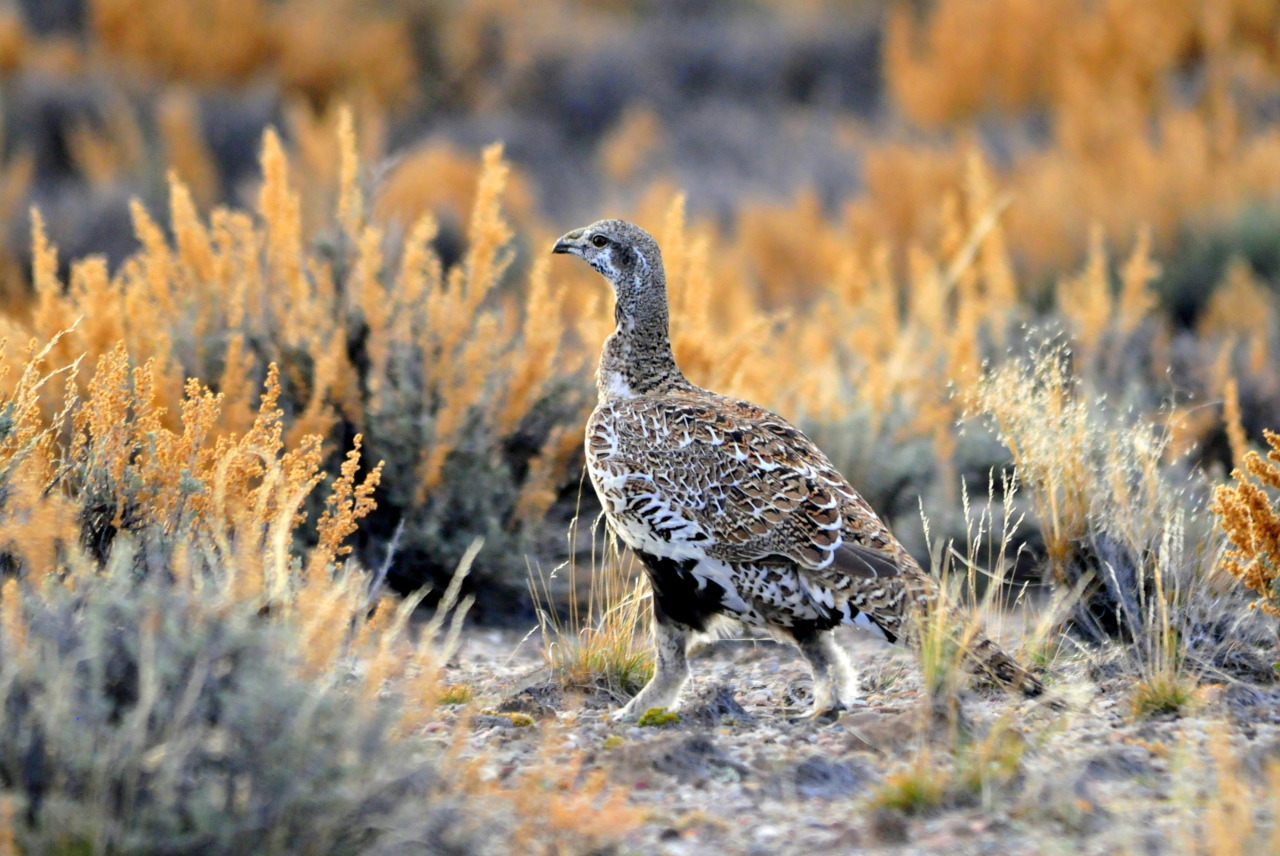 |
2016 BLM Rocky Mountain Region Annual Report Released
BLM’s Rocky Mountain Region for Greater Sage-Grouse conservation is comprised of BLM states Montana/Dakotas, Wyoming, Colorado, and Eastern Utah. These states manage more than 25 million acres, or 37%, of
the public lands with Greater sage-grouse habitat. These public lands also support human livelihoods, supply energy resources, and provide home to more than 350 other wildlife species that depend on the sagebrush ecosystem for their survival. In 2016, BLM's Rocky Mountain Region prepared
implementation work on more than 1,000 acres, treated more than 40,000 acres with habitat improvement projects, and monitored more than 60,000 acres of Greater sage-grouse habitat. (BLM
website) |
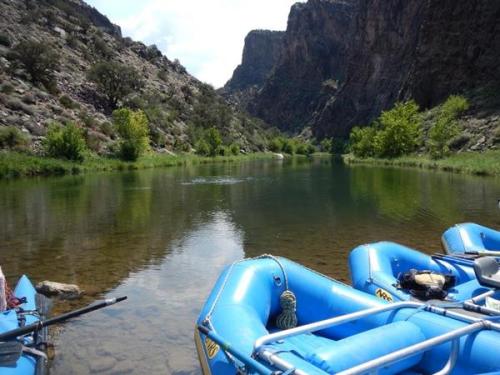 |
Bringing Back Rainbow Trout in Colorado's Gunnison Gorge National Conservation Area
Fly fishing anglers across the country have dreamed about one day having the opportunity to fish the Gunnison River through the Gunnison Gorge, a National Conservation Area managed by the BLM Uncompahgre Field
Office in southwest Colorado. This gold medal trout water has long been known for producing trophy brown and rainbow trout. But in 1992 whirling disease hit and the rainbow fishery in the Gorge collapsed. Colorado Parks and Wildlife has worked hard over the past two decades to study and combat the
disease. (My Public Lands Tumblr)
|
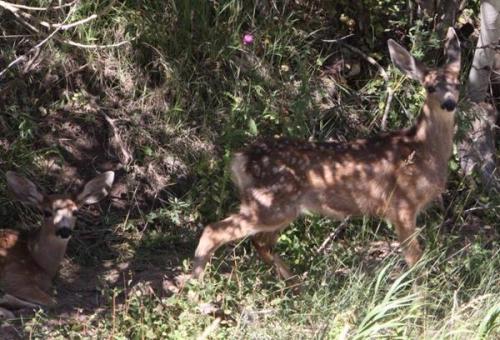 |
Landscape-Scale Initiative Helps Protect Wyoming Mule Deer
The Wyoming Landscape Conservation Initiative (WLCI) and its partners continue to protect aspen stands on Little Mountain in southwest Wyoming. WLCI is a BLM Wyoming-driven initiative that consists of a
partnership with the US Geological Survey, US Fish and Wildlife Service, Forest Service, National Park Service, Natural Resources Conservation Service, Wyoming Department of Agriculture, the Wyoming Game and Fish Department, six county commissions, and nine conservation districts. (My Public Lands Tumblr)
|
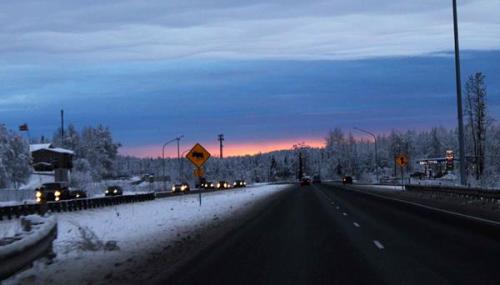 |
Cross-Border Cooperation Advances BLM Alaska's Approach
BLM Alaska participated in recent meetings of the Northwest Boreal Landscape Conservation Cooperative (NWBLCC) steering committee and monitoring working group in Whitehorse, Yukon, Canada. The NWBLCC is an
international partnership composed of Canadian and U.S. government agencies (including BLM Alaska) universities, non-governmental institutions, and tribes. Participation in the cooperative is in keeping with BLM’s collaborative, landscape-scale, science-based approach to managing public lands.
(My Public Lands Tumblr)
|
 |
Cooperative Fire Assistance Assignment in Micronesia
During the first week of November 2016, the Bureau of Land Management’s Climate Adaptation Planner in California, Miriam Morrill, assisted the U.S. Forest Service Pacific Southwest Region Cooperative
Fire Protection Program with strategic fire planning in the village of Fanif located on the island of Yap in the Federated States of Micronesia. (My Public
Lands Tumblr)
|
|
WILDLIFE QUESTION OF THE WEEK |
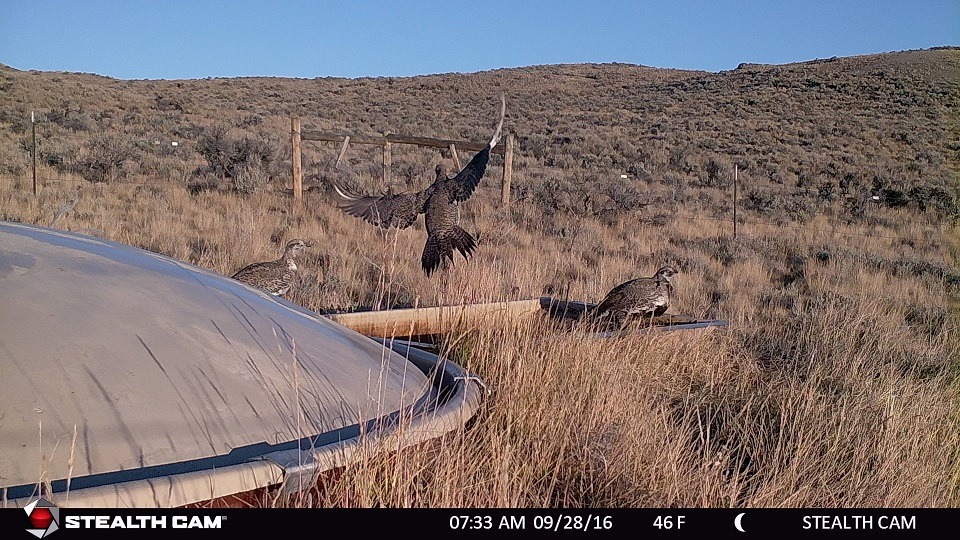 |
True or false?
Much of the sagebrush ecosystem receives less than 12 inches of precipitation per year.
Keep reading for answer below.
|
|
WILDLIFE QUESTION OF THE WEEK ANSWER |
True or false? True. Much of the sagebrush ecosystem receives less than 12 inches of precipitation per year. That’s less than half of the United States’s average 30 inches annually! The more than
350 species that live here are specially adapted to live in this dry place. But the lack of moisture can make it tough for animals to get enough to drink. One way BLM Montana/ Dakota’s Dillon Field Office helps provide that extra drink is with water guzzlers for wildlife.
Wildlife guzzlers catch rainwater and snowmelt in a storage tank and dispense the water into a drinker so all wildlife species have access to drinking water. Since water can be hard to find in the sagebrush ecosystem,
guzzlers are generally placed 2-3 miles from other water sources to provide water in between other oases of the range. (My Public
Lands Tumblr)
|
|
|



